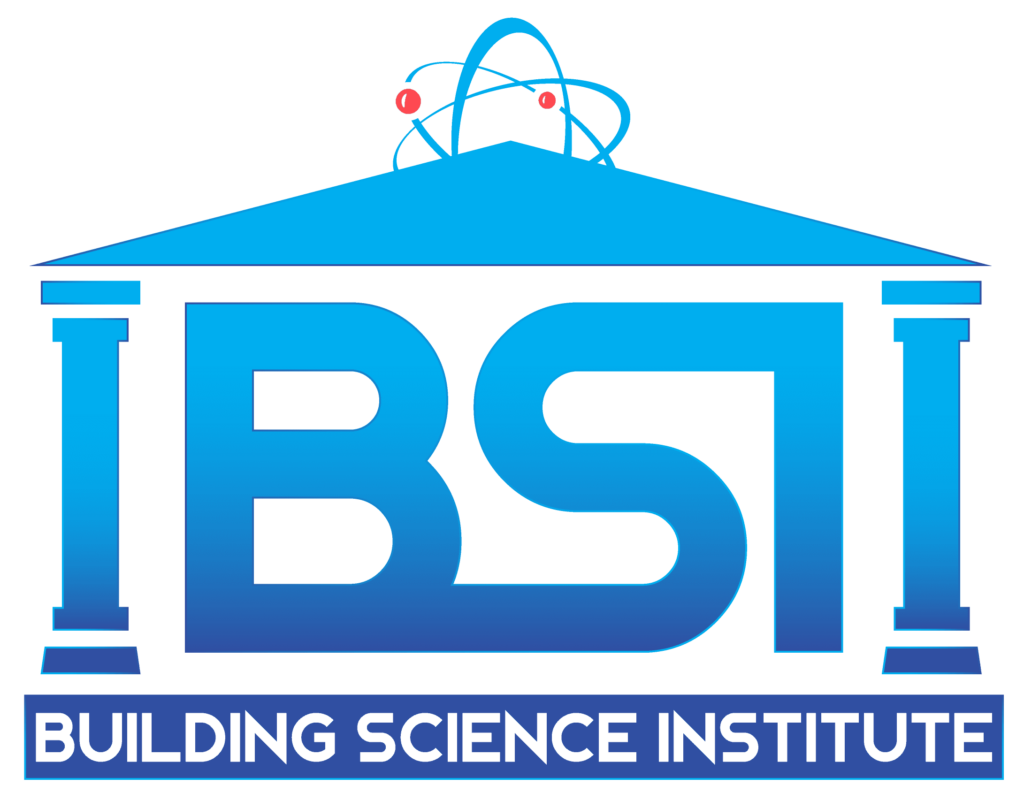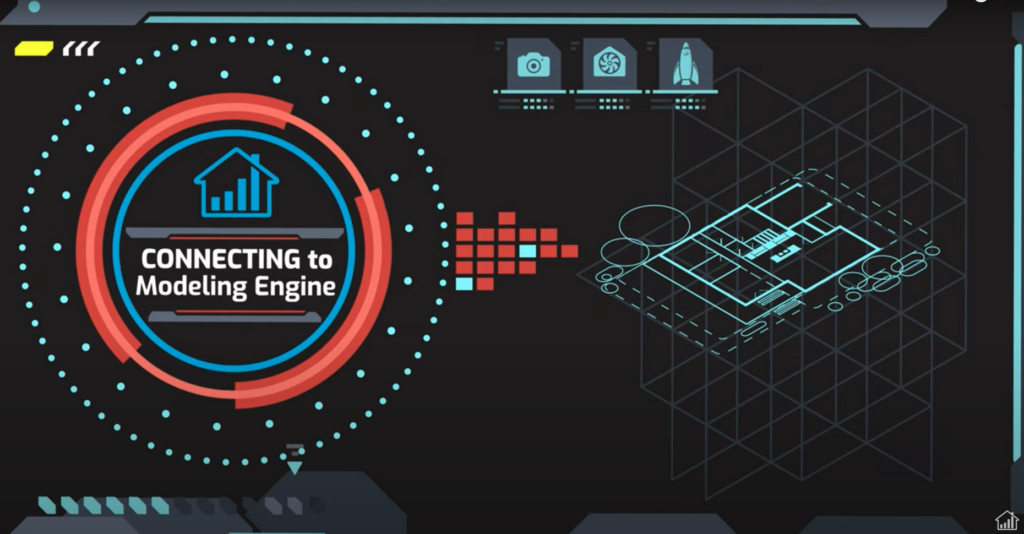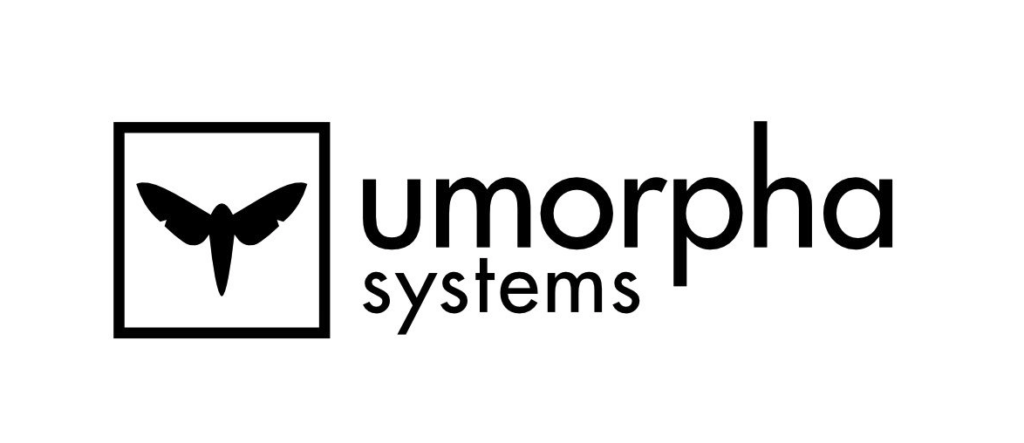Connor Dillon is a consultant with experience in quality management, building science, and professional certification training. After working with him, clients have reduced costs in their on-boarding pipeline, have access to well-trained candidates, and have improved their ability to provide high quality services to their clients.
I’m Connor Dillon, Quality Manager for Building Science Institute, Ltd. Co. (BSI). While my title might give it away, I’m an oversight agent that ensures verification companies are doing what they claim to do. We hold them accountable to American National Standards (ANSI) and federal program requirements. I fell into this industry and remained for two key reasons:
- to ensure every home is built to standards I’d want for my loved ones,
- I believe in the potential of inspection and testing businesses to positively impact their employees, owners, and their families.
While the home rating industry is separate but related to the residential HVAC world, OpenHVAC’s pursuit of an open source community that drives trust and best practices to the fore aligns with my mission. It’s my hope that this article will describe the closed, opaque industry practices that have increased risk for businesses and homeowners, and show how Building Science Institute’s open, transparent structure is working to combat them.
Building Science Institute
Building Science Institute (BSI) is one of two nationally recognized EPA ENERGY STAR® and Department of Energy (DOE) Zero Energy Ready Home Certification Organizations (HCOs). When we first started thinking about launching a new business, especially one with the critical mission of quality management of federal programs, we knew we had to put a stake in the ground and maintain a position of transparency and trust with our stakeholders.

A home energy rating is an inspection, testing, and modeling process by which independent verifiers can assess the energy efficiency characteristics of a home. Builders often use the data collected to finetune their purchasing, report for ESG accounting, and meet various rebate program standards. Energy ratings build upon your ordinary energy code inspections and serve as the baseline for federal programs, such as the ENERGY STAR® New Homes and Apartments program. The most popular national standard is ANSI 301, a standard that combines a normalized, modified End Use Loads (nMEULs) calculation with appendices to inform inspectors on how to assess insulation and minimum rated features of a dwelling unit.
What’s at Stake
People that buy or rent a dwelling unit should be able to trust the process that a home goes through. They should know that a qualified individual was on-site, finding any issues and getting them fixed. Only companies that hold themselves to clear, open standards, using reliable tools, can do the work without risking massive lawsuits from homeowners and builders over “fudged numbers”; honesty and transparency should reign supreme.
While a relatively small corner of the building industry, it has such a massive impact that we NEED to care about. Huge amounts of money being distributed via federal tax credits (almost one billion dollars annually with the Department of Energy 45L alone) are on the line. Locally, these tools are also used to calculate projected energy savings used in utility rebate programs, which inform state-level policies and affect millions.
The popular and critical modeling tools used for purchasing, accounting, and rebate programs were opaque and could distort the real-world model with proprietary calculations. The Reference Home, a public standard, often performed worse than the Rated Home for undisclosed reasons, making it difficult to understand what was needed. Some have recently deduced the hidden “calculations” through a time-consuming trial and error process.
This has had a drastic consequence amongst internal and external stakeholders. Builders lost trust in the Raters and the Raters and Verifiers lost trust in their tools. More than a few Raters have told me, “It feels like every week I open a model that I’ve done a hundred times before and get a different result. When the clients ask me why it’s different, I can never give them a good answer.” These changes happen because their rating software tools are a black box, updating the calculation without clearly telling users which formulas have changed, and why. Oftentimes the updates get published and any of the (sometimes drastic) changes would be waved away with “fixing bugs”.
If the very people using the software tools don’t trust it, how can builders, architects, and homeowners? How can taxpayers in the United States trust the tax credits and rebates calculated by these tools?
How Our Approach Fixes the Issues
With these concerns in mind, the industry needed a single, standardized, expert backed engine that we could trust to perform calculations correctly. The EnergyPlus module called OpenStudio ERI (OS-ERI) fit the bill. Because OS-ERI is open-source, anyone is able to inspect the source code and the formulas used. They can conduct their own tests and match them against the published reports. Additionally, the National Renewable Energy Laboratory (NREL) of the DOE maintains a Capabilities guide in addition to the EnergyPlus GitHub repository, which explains all data entries necessary to run the calculation.
Building Science Institute created our quality management system on internationally-recognized standards, knowing they were developed and already tested in the real world. But we also knew that some of the worst elements of the energy rating industry were the lack of clarity and transparency on the software that performed the ANSI 301 calculations. This is the “cornerstone calculation” of new construction energy modeling, being used in the International Energy Conservation Code (IECC) as the R406 Energy Rating Index path, as well as the pass/fail threshold calculation for ENERGY STAR homes.
Best Practices, In Action
Luckily, there were others already working on a solution almost tailor-made for what BSI had in mind: HouseRater™. HouseRater is a platform that allows field data collection with geotagging and time stamps, and branched into energy modeling because they were already collecting all the data necessary. By integrating field data, photos, and energy modeling, Verifiers using HouseRater can have a full, attestable chain to back up their claims on the qualities of a home. Additionally, rather than operate with a black box engine, doing business the way every other tool does it, HouseRater opted to connect directly to OS-ERI.

They did something the industry had never seen before: they would package the energy model, send it to OS-ERI, and then return the results as well as two additional XML output files: the calculated Rated and Reference Homes generated from the energy model. Bundling these downstream models standard along with the energy model means that every home modeled in HouseRater has three points to verify that the software tools are doing what they’re supposed to do:
- Proves that HouseRater is indeed formatting the energy model of the home correctly.
- Proves that the OS-ERI engine is formatting the Rated Home correctly.
- Proves that OS-ERI is formatting the Reference Home correctly.
These extra output files, paired with geotagged and time stamped photos from the field, enable us to have full transparency across the whole process, from field data collection to the final reports. At any point in time, I can look at how someone modeled something, compare it directly to the ANSI 301 standard, and tell if the software tool and engine are doing the right thing. That’s how builders that work with the BSI system are able to look at the projects being done and have full transparency with not just the field data, but the modeling outputs as well.
Next Steps to Learn More
It is incredibly important that the tools backing up important decisions are not fudging the numbers. Luckily, anyone can prove that with DOE backed tools that are open-source and are free and available to us all. BSI is working hard every day to bring transparency, trust, and skill to this edge of the built environment. I truly hope that if you made it this far in the post, you learned something and may want to keep reading. If so, check out our website where we have a plethora of information to peruse.


